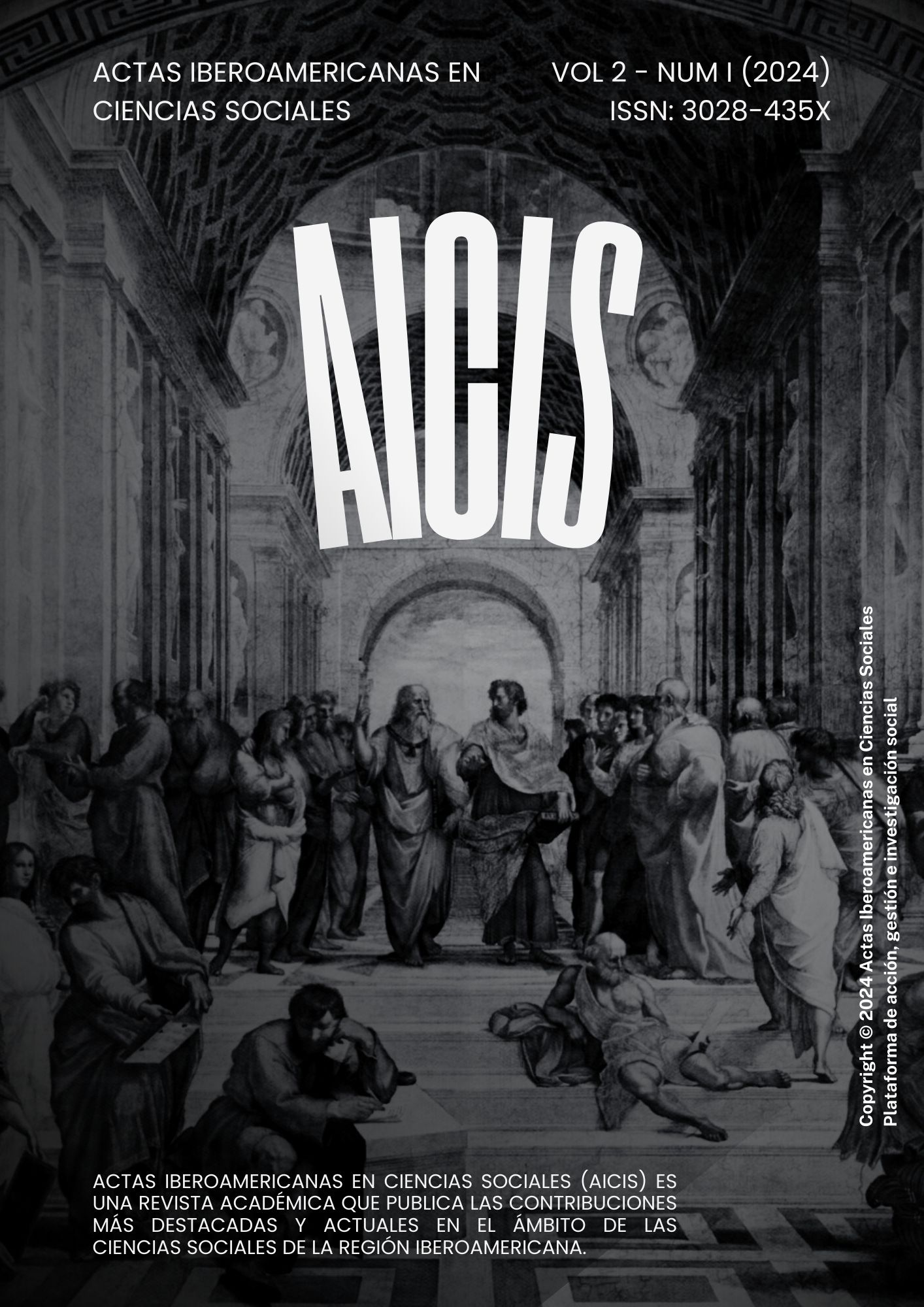Literature and Empathy: The Novel as a Bridge to Understanding Ourselves and Others
Keywords:
Literatura, dimensiones, historia, personajesAbstract
Literature is a complex phenomenon that is rooted in a specific historical, cultural, and social context. As such, it must be evaluated from a variety of perspectives, both diachronically and synchronically. Literature is a social, communicative, and artistic phenomenon. To understand literature as a whole or individually, it is necessary to consider it from historical, social, philosophical, psychological, anthropological, cultural, educational, and literary perspectives. In other words, it is a transdisciplinary phenomenon that can be approached from the perspectives of ontology, phenomenology, hermeneutics, and semiotics. The social perspective of literature refers to the relationship between literature and society. Literature reflects the reality of a particular historical and cultural period and can be used to express social ideas and values. The communicative expression of literature refers to its ability to transmit information and emotions. Literature is an act of communication that takes place between the author, the text, and the reader. The correlation between literature and art is evident in the use of language to create beauty and aesthetic pleasure. Literature is an art form that uses language to create aesthetic effects.
Downloads
References
Appadurai, A. (1996). Modernidad y diversidad cultural. Buenos Aires: Paidós.
Benjamin, W. (2008). XV. En W. Benjamin, El narrador (pág. 85). Ediciones/metales pesados.
Bourquin, D. M. (2020). Prólogo. En D. M. Bourquin, Cómo leer los relatos biblíco. Iniciación al análisis narrativo. (pág. 9). SAL TERRAE.
Allen, D. (2011). Prólogo. En S. Hirschman, Gente y cuentos ¿A quién pertenece la literatura? (pág. 21). Argentina: FCE.
Hirschman, S. (2011). Cuatro categorías. En S. Hirschman, Gente y cuentos ¿A quién pertenece la literatura? (pág. 63). Argentina: FCE.
Piglia, R. (2011). Los usos de la narración. En S. Hirschman, Gente y cuentos ¿A quién pertenece la literatura? (pág. 11). Argentina: FCE.
Han, B.-C. (2023). Pobreza en experiencia. En B.-C. Han, La crisis de la narración. Herder.
Jablonka, I. (2016). Contra la historia cortesana. En I. Jablonka, La historia es una literatura contemporánea. Manifiesto por las ciencias sociales (pág. 46). FCE.
Jameson, F. (1995). La moda "Nostalgia". En F. Jameson, El posmodernismo o la lógica cultural del capitalismo avanzado (pág. 47). Barcelona: Paidós.
Krysinki, W. (1997). Prefacio del autor a la edición española. En W. Krysinki, Encrucijada de signos. Ensayos sobre la novela moderna. Arco/Libros, S. L.
Kundera, M. (2000). Diálogo sobre el arte de la composición. En M. Kundera, El arte de la novela (pág. 97). Tusquets.
Kundera, M. (2009). El despotismo de la story. En M. Kundera, El telón. Ensayo en siete partes (pág. 24). Tusquets.
Lyotard, J.-F. (1984). La condición posmoderna. Madrid: Cátedra.
Morales, M. R. (2014). El espejismo de la modernidad. En M. R. Morales, Breve historia intercultural de Guatemala (pág. 92). Cultura.
Morales, M. R. (2014). Orden colonial, tercer mundo y subdesarrollo. En M. R. Morales, Breve historia intercultural de Guatemala (pág. 110). Cultura.
Rivas, M. (2002). El apego y la pérdida. En M. Rivas, La mano del migrante (pág. 10). España: Suma de Letras, S.L.
Vizinczey, S. (2001). Verdad y mentiras en la literatura. España: Seix Barral.
Downloads
Published
Conference Proceedings Volume
Section
License
Copyright (c) 2024 Daniel Alarcón Osorio (Autor/a)

This work is licensed under a Creative Commons Attribution 4.0 International License.



